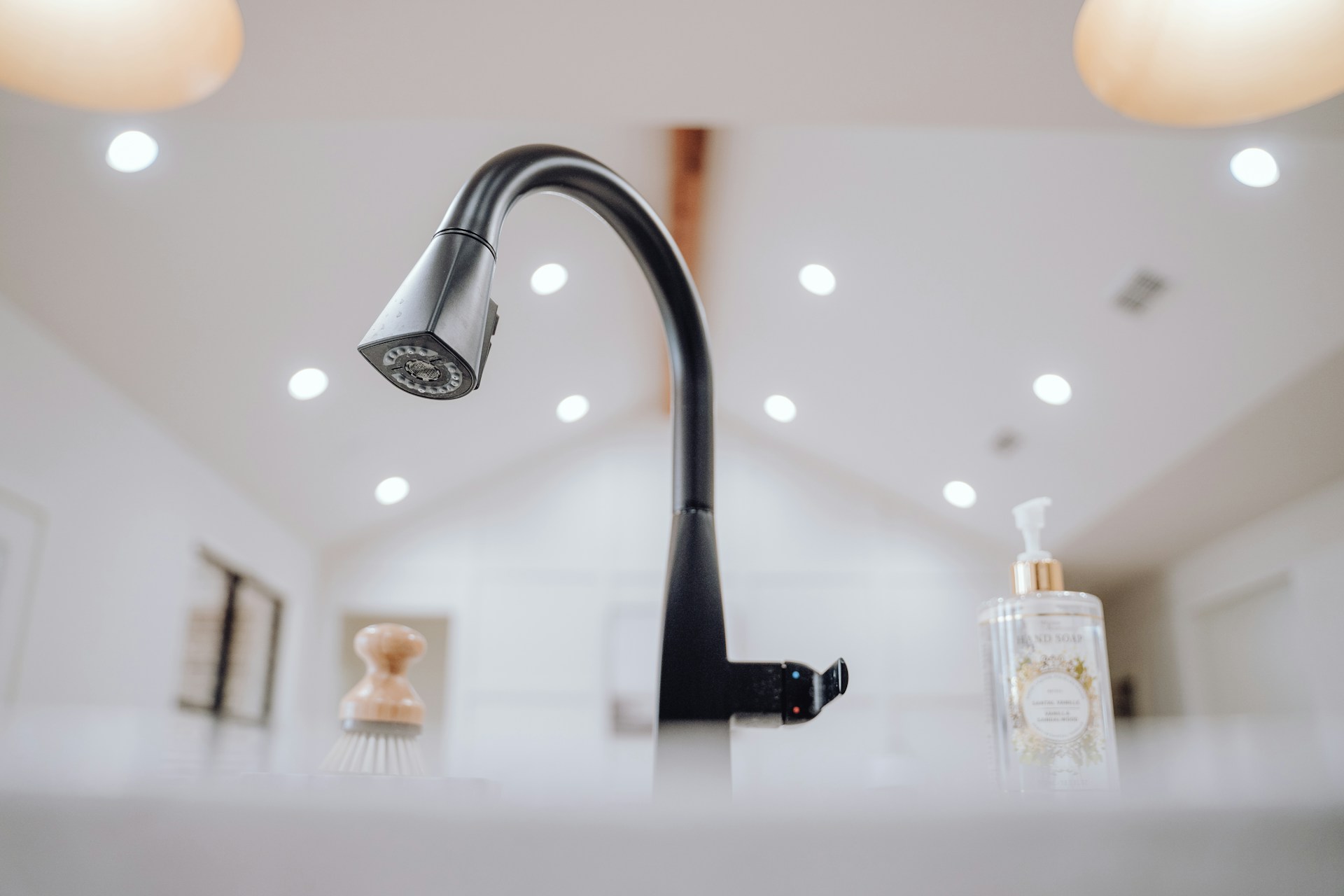Water and sewer line emergencies don’t wait for a convenient time. One minute you’re enjoying a quiet evening; the next, you’re dealing with water in your basement or a sewage backup. These situations require swift action to prevent property damage and protect your family’s health.
Understanding the warning signs and knowing the right mitigation steps can be the difference between a manageable fix and a costly disaster. Professional emergency leak repair becomes critical when you’re facing burst pipes, major sewer backups, or significant water line failures that threaten your home’s structure.
This guide will walk you through identifying these emergencies, taking immediate action, and working with professional repair services to minimize damage and restore your plumbing system.
Recognizing Critical Warning Signs
Water Line Emergency Indicators:
Several signs indicate your water lines need immediate professional attention:
- A sudden drop in water pressure throughout your home.
- Discolored water, from rusty brown to murky yellow, signaling pipe corrosion.
- An unexplained spike in your water bill.
- Wet spots or pooling water on your property, especially near the main water line.
- Hissing or rushing sounds from walls or floors when water isn’t running.
Sewer Line Crisis Symptoms:
Sewer line issues often pose more severe health risks and demand a faster response time:
- Multiple drains are backing up at the same time.
- Persistent sewage odors inside or outside your home.
- Gurgling sounds from toilets and drains.
- Standing water in your basement, crawl space, or around exterior sewer cleanouts.
- Unusually green or soggy patches of grass on your lawn.
Immediate Response Actions
Safety First:
Before doing anything else, prioritize your family’s safety:
- Shut off electricity to affected areas if water is near outlets or appliances.
- Evacuate the area if there’s a sewage backup, as exposure is a serious health risk.
- Ventilate the space by opening windows to reduce fumes and prevent mold.
- Wear protective gear like rubber gloves and boots if you must be near contaminated water.
- Document the damage with photos for your insurance claim before starting any cleanup.
Water Source Management:
Controlling your water supply quickly limits the damage:
- Locate and turn off your main water shutoff valve, which is usually near the water meter.
- If the leak is isolated, turn off the water to individual fixtures like toilets or sinks.
- Drain the remaining water from pipes by opening faucets at the lowest point in your home.
- Remove standing water with a pump, wet vacuum, or towels.
Working with Professional Emergency Response Teams
Choosing a Qualified Contractor:
Not all plumbers are equipped for true emergencies. Look for these qualifications:
- 24/7 availability with technicians on call, not just an answering service.
- Licensed and insured professionals with liability coverage for emergency work.
- Specialized equipment, like high-powered pumps and pipe inspection cameras.
- An established local reputation with verifiable references.
- Transparent pricing that clearly explains emergency rates and potential costs.
Advanced Damage Control Techniques
Water Extraction & Structural Protection:
Professional-grade water removal prevents secondary damage. Experienced teams use:
- Truck-mounted extraction units to remove large volumes of water quickly.
- Dehumidification systems to control moisture and prevent mold.
- Moisture barriers to stop water from spreading to unaffected areas.
- Mold prevention treatments on affected surfaces.
Insurance and Documentation
Essential Record-Keeping:
Proper documentation is crucial for your insurance claim:
- Take photos of the damage before, during, and after repairs.
- Keep detailed records of all expenses, including services and temporary accommodations.
- Obtain professional inspection reports explaining the cause and extent of the damage.
- Log all communications with your insurance company and contractors.
When working with insurance adjusters, report claims immediately, provide comprehensive information, and get multiple estimates for major repairs.
Long-Term Prevention Strategies
Proactive maintenance can significantly reduce the risk of future emergencies:
- Schedule annual professional inspections of your main water and sewer lines.
- Test shutoff valves and sump pumps quarterly.
- Insulate pipes before winter and consider root barrier treatments in the spring.
- Install smart water leak detectors or automatic shutoff systems for early warnings.
Take Control During Plumbing Emergencies
Plumbing emergencies can be a stressful experience for any homeowner. Acting quickly is crucial to minimizing damage and protecting your property.
When faced with a crisis, professional emergency services are your best line of defense. Their expertise and specialized equipment can prevent costly repairs and ensure your family’s safety.
One of the most important mitigation steps you can take right now is to locate your main water shutoff valve. It’s also wise to have a list of qualified local contractors on hand before you need one. If you require immediate assistance, the licensed professionals listed in this website are ready to help you 24/7.





